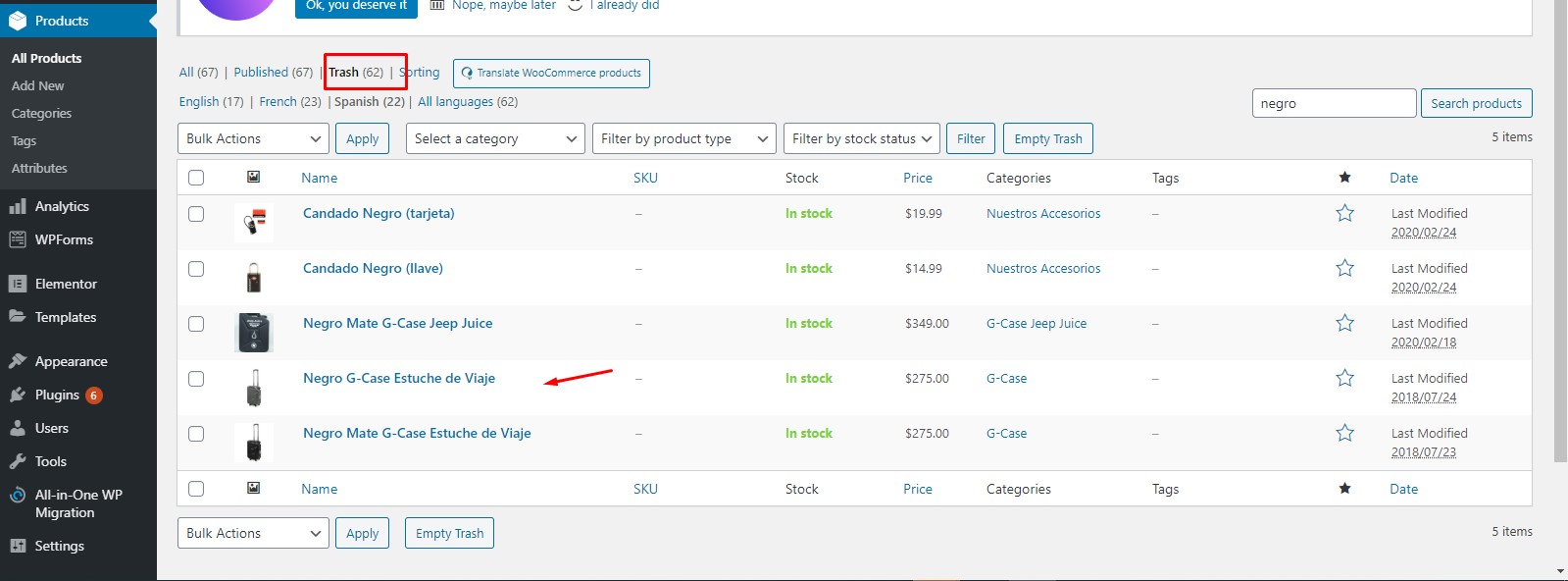

- #DRUPAL LANGUAGE SWITCHER HOW TO#
- #DRUPAL LANGUAGE SWITCHER CODE#
- #DRUPAL LANGUAGE SWITCHER DOWNLOAD#
No one else has the same content you have, there is no way you can download that automatically. Once you have the interface translated, the real challenge is to find a good way to translate your content. That site serves as a central location used by translators from around the world to maintain interface translations for all Drupal projects, both core and contributed modules. You can see how many of these strings have been translated into various languages in the graph on the home page at Drupal Localizer site. Then voila!, you will have French or German versions of the interface text on your site, without any need to translate them yourself.įor the developers in the room, the heart of the interface system is the strings that are passed through the t() function. To take advantage of this you enable the core Locale module, which will allow you to grab translated text from the Drupal Localizer site and import them into your site. Because these strings are standardized, Drupal is able to create a system to provide everyone with translated values for all these elements in various languages. These are elements that are the same on all sites no matter what actual content it contains. Translating the interface has to do with the translation of miscellaneous text strings used all over the site (like the label used on Submit buttons). There are two basic components to the translation system, the translation of the interface and the translation of content.

#DRUPAL LANGUAGE SWITCHER HOW TO#
If you're new to Drupal's multilingual system, or new to Drupal 7, you'll have lots of questions about how to get this working well. In Drupal 7 we have some great new features, but we also ended up with two different systems of managing content translation, so there are also lots of new questions and options. It has always been somewhat daunting to figure out how to set up a multilingual site in Drupal, and it requires a combination of core and contributed modules to make it work well. no matter what the i18n icon settings say.The way that Drupal manages translations has been evolving over several versions of Drupal. Languageicons_translation_link_alter($links, $_GET) If (function_exists('languageicons_translation_link_alter')) now add or replace text links by flags, according to your i18n settings. I18n_translation_link_alter($links, $_GET) Disable if you want only flags for enabled languages.

This one adds extended languages, i.e. Translation_translation_link_alter($links, $_GET) the british flag will point to en/english_alias instead of 'attributes' => array('class' => 'language-link'), this is copy&paste from locale_block in locale.module

See #242646: Do not show a link to the current language D6 you can insert the switcher into the page header next to the site name, slogan, or search box), and (2) hiding the current language.
#DRUPAL LANGUAGE SWITCHER CODE#
There is a snippet that can be used for language switching instead of the standard language switching block (see an example of page template code appended) - the point is (1) being more compact (e.g.


 0 kommentar(er)
0 kommentar(er)
